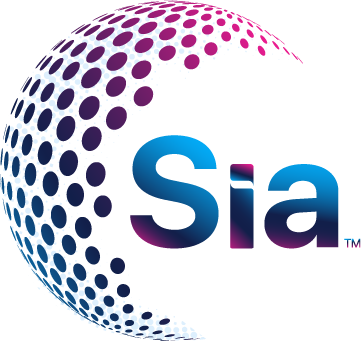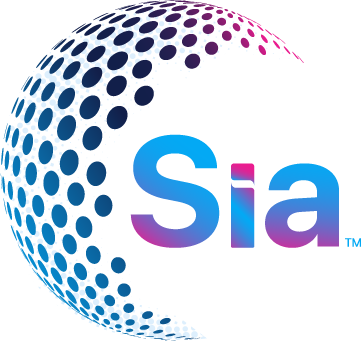Exploring Spring Enrollment Trends: Long-term Resilience or Transient Recovery?

Exploring Spring Enrollment Trends: Long-term Resilience or Transient Recovery?

In recent reports, the Clearinghouse has indicated a slight increase of 0.5% in overall spring enrollment, which is still an improvement compared to the -3.1% drop in 2022 and the -2.4% decline in 2021. However, this decline is significantly impacting universities in terms of student enrollment. On a positive note, the college enrollment intensity has increased by 0.3%, indicating that more students are submitting their applications earlier, resulting in a mirage of stability. During pre-pandemic, enrollment numbers experienced a slight increase, which can be a blip for short-term recovery. Many universities are attempting to bridge the gap through the implementation of free college programs in the previous fall semester, which has yielded success for the time being. Nonetheless, this approach imposes additional costs and burdens on university resources. While reducing the cost of attending higher education seems like a solution for enrollment stability, it cannot be sustainable for a long-term plan. However, this is not the only crack on the wall.
Post-COVID has brought about unprecedented changes for most universities, requiring them to reevaluate their strategic vision to address the enrollment cliff. Another major concern for 2023 is the potential layoffs within universities. While AI has the potential to exacerbate instability and create chaos, university decision-makers can view it as an opportunity and present a carefully curated strategic plan that can harness its benefits. This approach not only reduces costs but also optimizes available resources and increases student engagement.
Many universities are actively discussing ways to lower admission costs to achieve enrollment stability. However, during peak admission periods, manual data entry creates tons of errors, and the wrong data was flowing from enrollment to recruitment or SIS, resulting in delays in the admission process and hindered access to financial aid, that the colleges are providing. Implementing technology-based innovations can rectify these issues and minimize errors. Additionally, with the rising popularity of higher ed enrollments, it is essential for universities to take prompt and effective actions.
Understanding major crises like enrollment cliffs for education today will become critical for the early adoption of automation in terms of meeting organization goals.
The enrollment cliff is looming, but it can be avoided. Aside from strengthening a college’s brand, academic offerings, and campus life, and delivering personalized, and widely resonant value propositions to prospective students, it is important to focus their approach on enrollment by optimizing their search strategies, utilizing marketing automation, and guiding their efforts through predictive analytics. Focusing on the universities’ budget by targeting those prospective students who are most likely to enroll is vital. Leaders at institutions should start having conversations now to understand the details and issues around this issue. Whether your institution expects the impact of the enrollment decline to be minimal or substantial, now is the time to spread awareness and position yourself as an invaluable institution to others. Don’t wait, now is the time to act!





